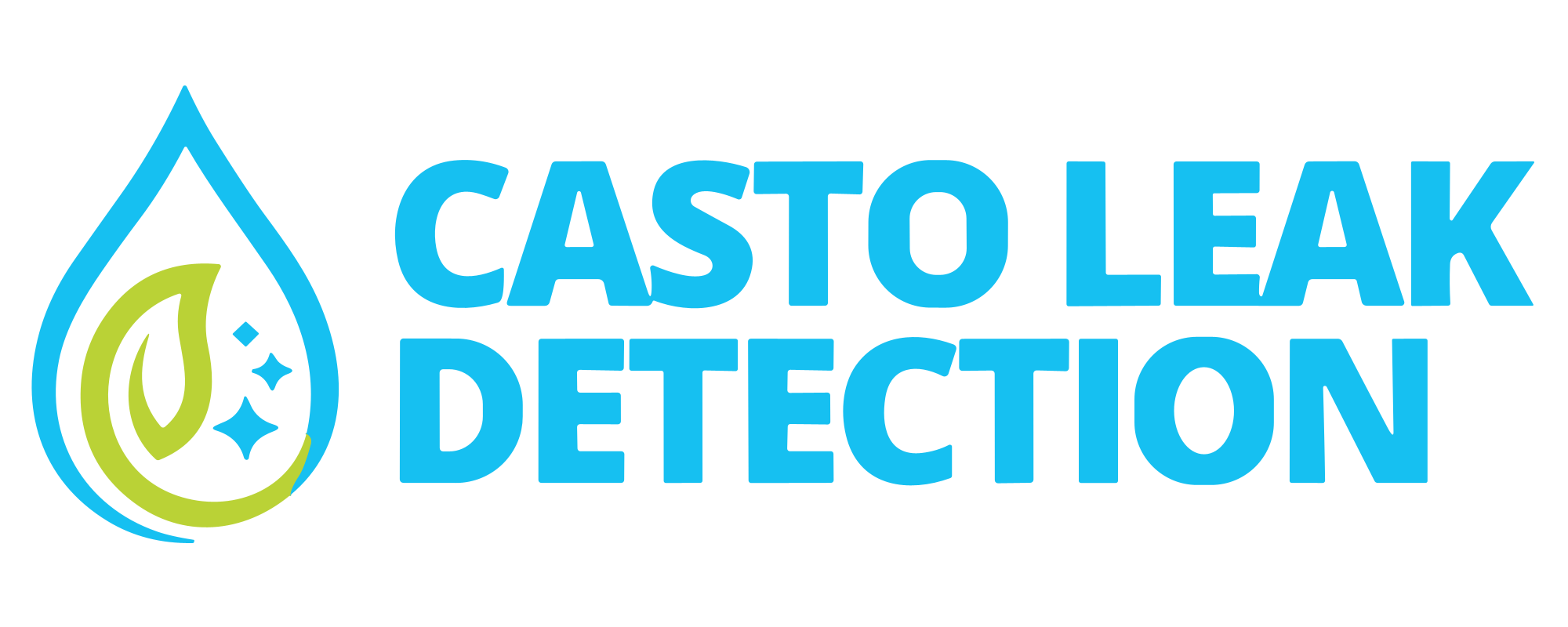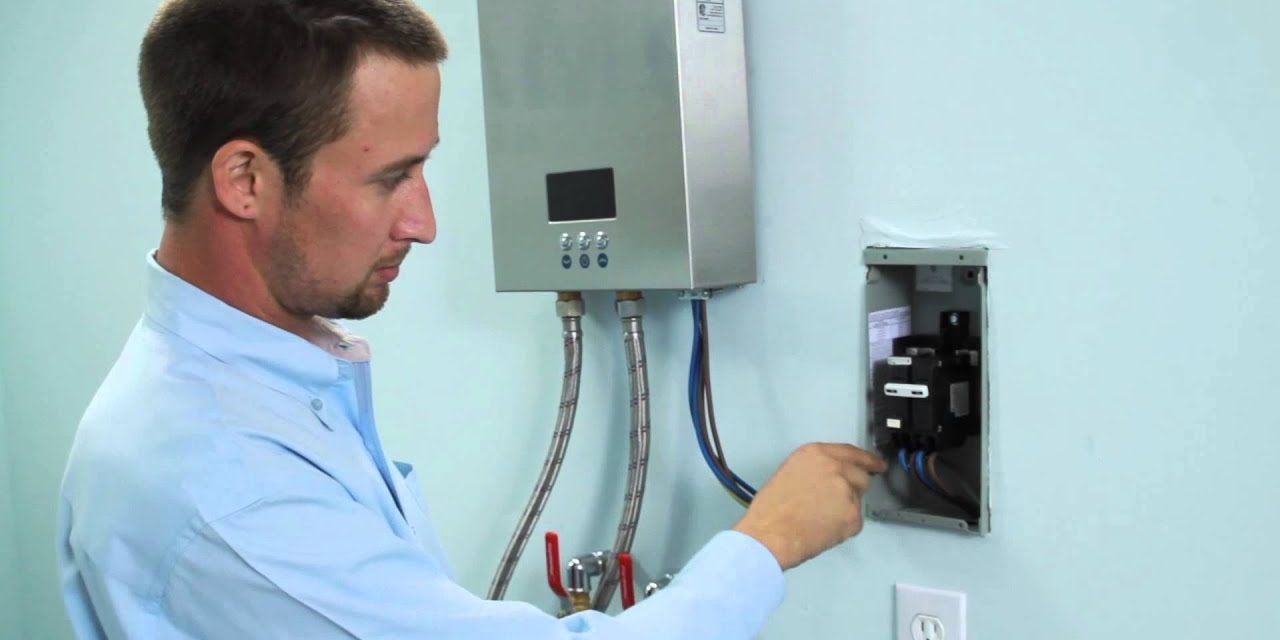Installing an electric water heater is an essential task that many homeowners may face. Whether you’re replacing an old unit or installing one for the first time, understanding the process can save you time and money. This comprehensive guide will walk you through the steps of electric water heater installation, ensuring you have all the information needed to complete the task successfully.
Understanding Electric Water Heaters
Types of Electric Water Heaters
Electric water heaters come in various types, each suited for different needs. Tankless water heaters provide hot water on demand without storing it, making them energy-efficient. Storage tank water heaters, the most common type, store a large amount of hot water for use. Heat pump water heaters use electricity to move heat from the air or ground to heat water, offering significant energy savings.
Benefits of Electric Water Heaters
Electric water heaters are popular due to their energy efficiency and ease of installation. They typically have lower upfront costs compared to gas heaters and can be installed in a variety of locations. Additionally, electric heaters have fewer emissions, making them an environmentally friendly option.
Common Applications
Electric water heaters are versatile and can be used in both residential and commercial settings. They are ideal for homes where gas is not available or for supplemental heating in larger buildings. Hybrid systems that combine electric water heaters with solar or heat pump technologies can further enhance energy efficiency.
Preparing for Installation
Assessing Your Needs
Before starting your electric water heater installation, assess your household’s hot water needs. Consider the number of people in your home, peak usage times, and future needs. This will help you determine the appropriate size and capacity of the water heater.
Selecting the Right Location
Choosing the right location for your water heater is crucial. Ensure there is enough space for the unit and that it is easily accessible for maintenance. The location should also be close to plumbing and electrical connections to simplify installation.
Gathering Necessary Tools and Materials
Prepare for the installation by gathering all necessary tools and materials. Essential tools include wrenches, screwdrivers, and pliers. You’ll also need materials such as pipes, fittings, and insulation. Safety equipment, like gloves and goggles, is important to protect yourself during the installation process.
Safety Considerations
Electrical Safety
When working with electricity, safety is paramount. Always turn off the power supply at the breaker box before starting any work. Use a voltage tester to ensure the power is off. Proper grounding of the unit is essential to prevent electrical hazards.
Plumbing Safety
Shut off the water supply and drain the existing water heater before beginning your electric water heater installation. Handle hot water and steam carefully to avoid burns. Ensure all connections are secure to prevent leaks.
General Safety Tips
Wear protective gear, such as gloves and goggles, throughout the installation process. Ensure proper ventilation in the area where you are working. Always follow the manufacturer’s instructions and local building codes to ensure a safe installation.
Removing the Old Water Heater
Shutting Off Utilities
Begin by turning off the electricity at the breaker box and shutting off the water supply to the existing water heater. If the old heater is gas-powered, turn off the gas supply and disconnect it.
Draining the Old Water Heater
Attach a hose to the drain valve of the old water heater and open the valve to drain the water. Open a hot water faucet in the house to help the water drain more quickly. Be cautious as the water may be very hot.
Disconnecting and Removing the Unit
Once drained, disconnect the plumbing connections and electrical wiring from the old unit. Carefully remove the old water heater and dispose of it according to local regulations. This step clears the way for your new electric water heater installation.
Installing the New Electric Water Heater
Positioning the New Heater
Place the new electric water heater in the selected location, ensuring it is stable and level. Check for adequate clearance around the unit for maintenance and ventilation. Use a level to ensure the heater is properly positioned.
Connecting the Plumbing
Attach the cold water supply line to the inlet and the hot water outlet to the plumbing system. Use the appropriate fittings and ensure all connections are tight to prevent leaks. Install pressure relief valves as required by local codes.
Connecting the Electrical Wiring
Connect the electrical supply to the new water heater according to the manufacturer’s instructions. Ensure proper grounding of the unit and secure all electrical connections. Double-check that the power is still off before making any connections.
Filling and Testing the Water Heater
Filling the Tank
Open the cold water supply valve to begin filling the tank. Check for leaks around the connections. Once the tank is full, open a hot water faucet to bleed air from the system.
Restoring Power
Turn the electricity back on at the breaker box. Set the thermostat to the desired temperature, typically around 120 degrees Fahrenheit. Monitor the initial heating cycle to ensure the unit is working properly.
Checking for Proper Operation
Test hot water outlets in your home to ensure the water heater is functioning correctly. Check the temperature settings and adjust if necessary. Ensure there are no leaks or electrical issues.
Insulating the Water Heater
Benefits of Insulation
Insulating your water heater and pipes can improve energy efficiency, reduce heat loss, and lower energy bills. Proper insulation helps maintain the desired water temperature for longer periods.
Insulating the Tank
Choose an insulation blanket designed for water heaters. Wrap the tank with the blanket, ensuring all sides are covered. Secure the insulation with tape or straps to keep it in place.
Insulating Pipes
Identify the hot water pipes connected to the water heater. Apply pipe insulation to these pipes to reduce heat loss. Secure the insulation with tape or clips to ensure it stays in place.
Installing Additional Features
Installing a Timer
A timer can help save energy by allowing you to set specific times for the water heater to operate. Choose a timer compatible with your unit and install it according to the manufacturer’s instructions. Set the timer to match your household’s hot water usage patterns.
Installing a Water Softener
Hard water can cause scale buildup in your water heater, reducing efficiency. Installing a water softener can help prevent this issue. Choose a water softener that meets your needs and connect it to the plumbing system.
Installing a Leak Detection System
A leak detection system can alert you to leaks before they cause significant damage. Choose a system that suits your water heater and install it according to the manufacturer’s guidelines. Regularly test the system to ensure it is functioning correctly.
Maintaining Your Electric Water Heater
Routine Maintenance Tasks
Regular maintenance is crucial for extending the lifespan of your electric water heater. Check and replace the anode rod every few years to prevent corrosion. Flush the tank annually to remove sediment buildup. Inspect and clean the heating elements periodically.
Annual Inspections
Conduct annual inspections to check for leaks, corrosion, and other issues. Inspect electrical connections and test the pressure relief valve. Address any problems promptly to maintain the efficiency and safety of your water heater.
Extending the Lifespan
To extend the lifespan of your electric water heater, follow regular maintenance schedules and address issues promptly. Set the thermostat to a moderate temperature to reduce wear on the heating elements. Consider using energy-efficient settings to save on energy costs.
Troubleshooting Common Issues
No Hot Water
If you have no hot water, check the power supply to the water heater. Ensure the breaker is not tripped and the unit is receiving power. Reset the thermostat and inspect the heating elements for damage.
Inadequate Hot Water
If your water heater is not providing enough hot water, adjust the thermostat settings. Check for sediment buildup that may be reducing the tank’s capacity. Inspect the dip tube to ensure it is not broken or damaged.
Leaks and Drips
Identify the source of any leaks or drips from your water heater. Tighten connections and replace faulty valves or fittings. If the tank itself is leaking, it may be time for a replacement.
Cost Considerations
Upfront Costs
The upfront costs of electric water heater installation include the cost of the unit, installation fees, and any additional materials or tools needed. Compare different models and installation options to find the best fit for your budget.
Operating Costs
Consider the operating costs of your electric water heater, including energy consumption, maintenance, and repair costs. Energy-efficient models can help reduce these costs over time.
Long-Term Savings
Investing in an energy-efficient water heater can provide long-term savings by reducing energy bills. Regular maintenance can extend the lifespan of your unit, reducing the need for frequent replacements. Additionally, energy-efficient models are often more environmentally friendly.
When to Call a Professional
Complex Installations
For complex installations or if you are unsure about any part of the process, it is best to call a professional. Professional installers have the expertise and tools to ensure the job is done safely and correctly.
Safety Concerns
If you encounter any safety concerns during the installation, such as electrical hazards or gas leaks, seek professional help immediately. Ensuring compliance with local codes and regulations is crucial for the safety of your home and family.
Warranty and Insurance
Professional installation may be required to maintain the warranty on your water heater. Check your warranty and insurance requirements to ensure you comply with their conditions.
FAQs
- How long does it take to install an electric water heater?
Typical installation time is 2-4 hours, depending on the complexity and any unforeseen issues.
- Can I install an electric water heater myself?
Yes, but it requires the necessary skills and tools. Consider potential challenges and safety risks.
- What size electric water heater do I need?
Size depends on your household’s hot water demand. Consult sizing guidelines and consider future needs.
- How much does electric water heater installation cost?
Costs vary but typically range from $500 to $1,500, including the unit and installation.
- How often should I maintain my electric water heater?
Perform maintenance tasks annually to ensure optimal performance and extend the unit’s lifespan.
- What are the signs of a failing water heater?
Common signs include no hot water, inadequate hot water, and leaks. Address issues promptly.
- Are electric water heaters energy efficient?
Yes, especially modern models with energy-saving features. Follow tips to maximize efficiency.
- What are the benefits of a tankless electric water heater?
Tankless models provide hot water on demand, are energy-efficient, and have lower long-term costs.
- How do I dispose of my old water heater?
Check local regulations for disposal options. Many areas offer recycling programs.
- What are the most common installation mistakes?
Avoid common errors such as improper electrical connections and inadequate ventilation. Follow guidelines for a successful setup.
Conclusion
Proper electric water heater installation is essential for ensuring reliable and efficient hot water in your home. Whether you choose to install the unit yourself or hire a professional, following this comprehensive guide will help you complete the installation safely and effectively. Regular maintenance and prompt repairs will extend the lifespan of your water heater, providing long-term benefits and cost savings.







